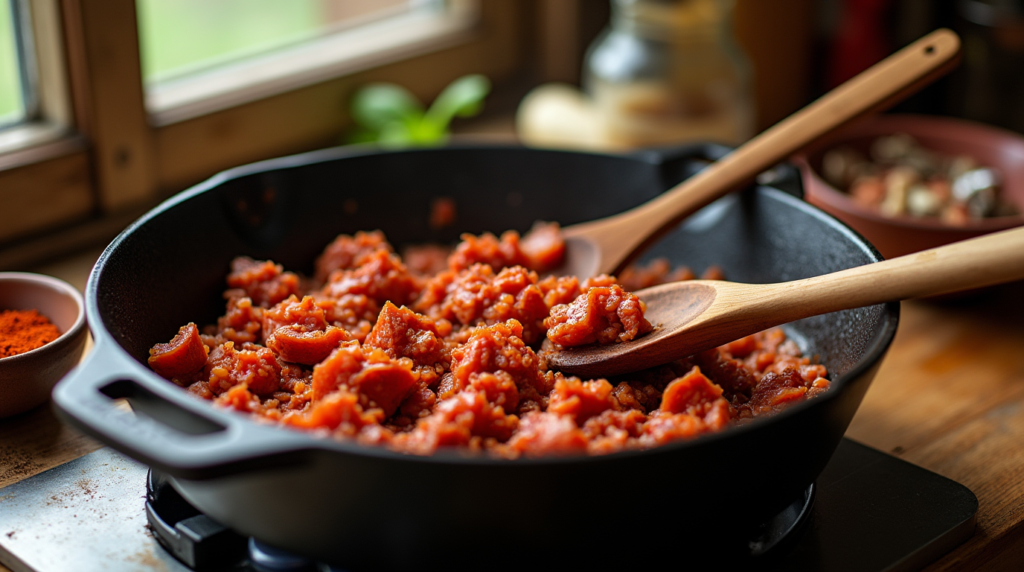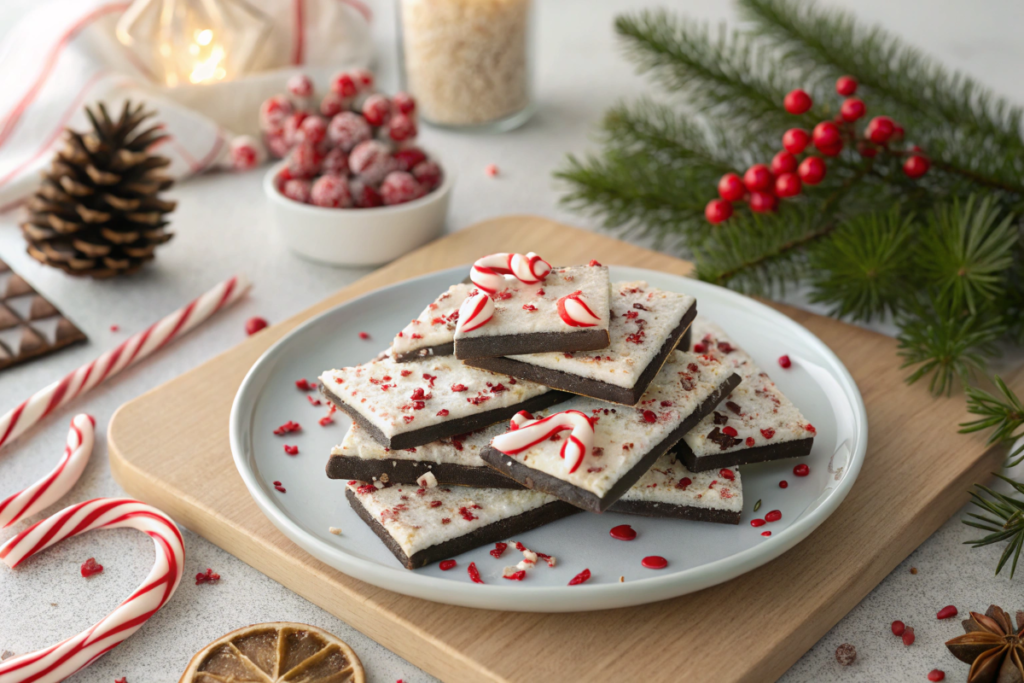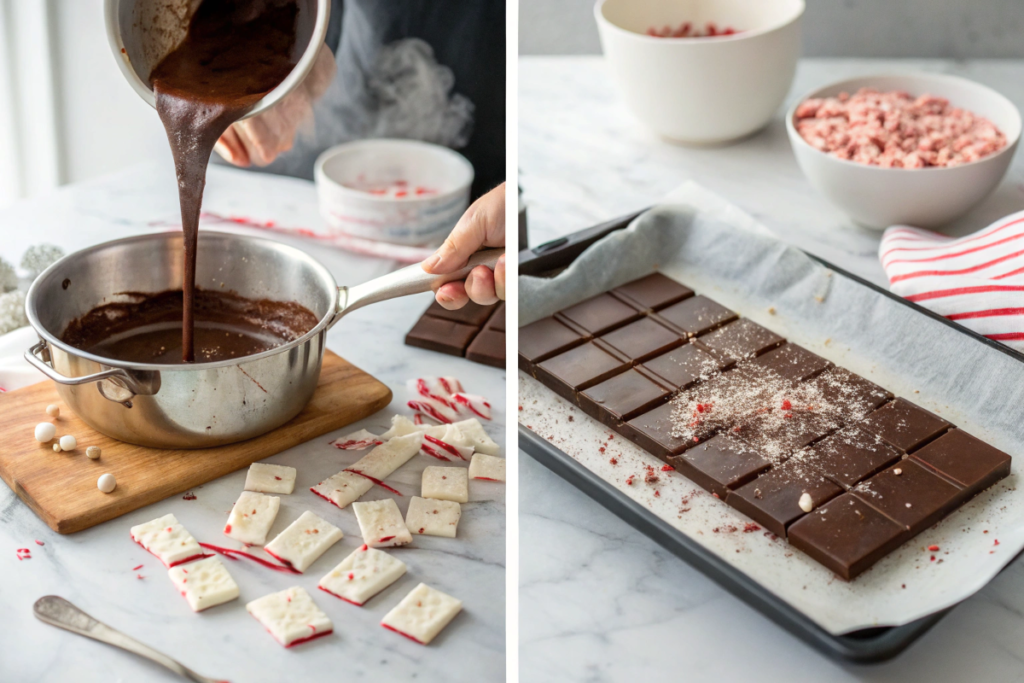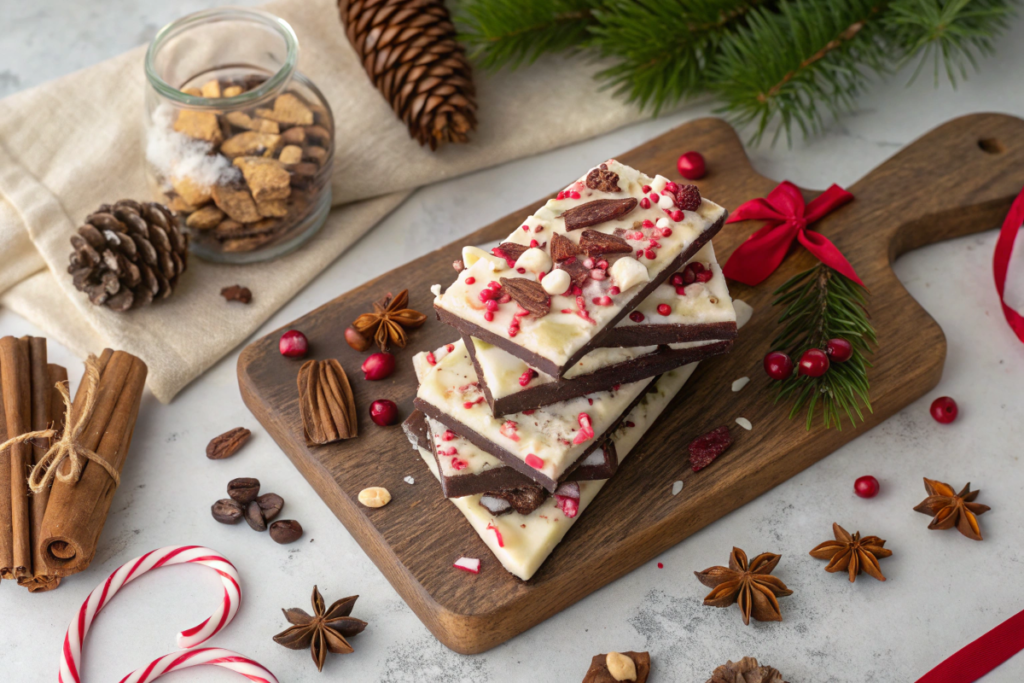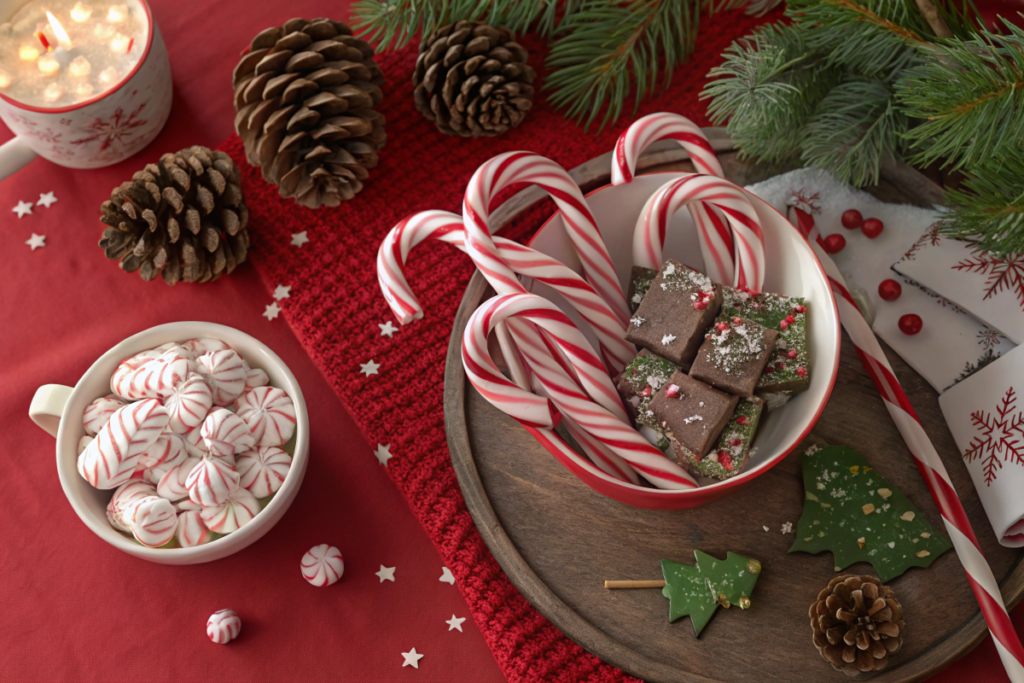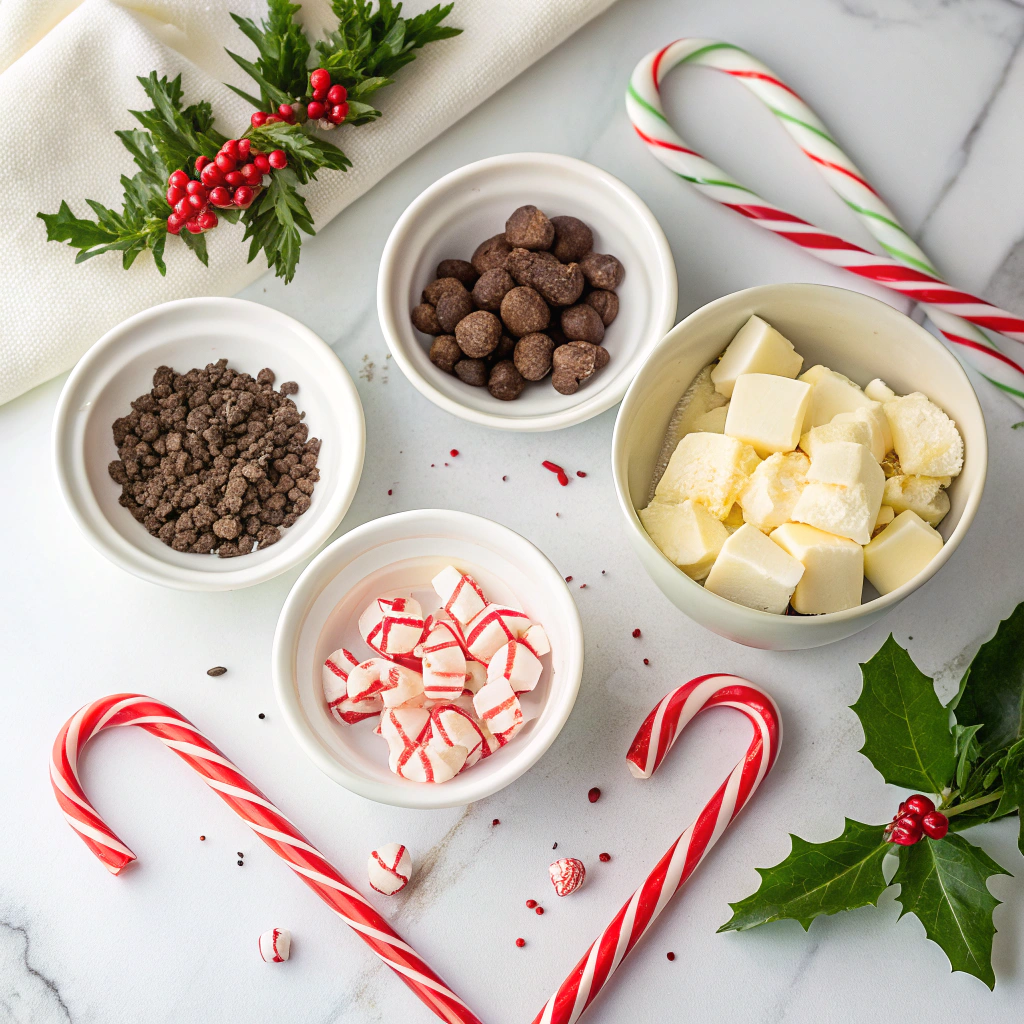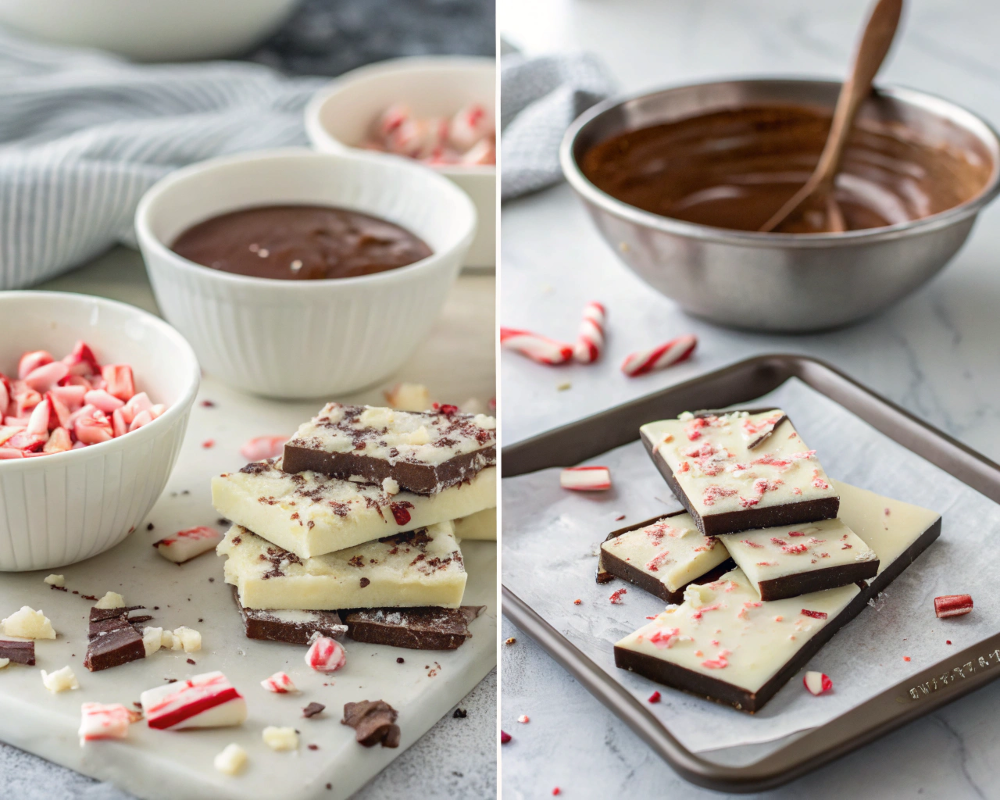Desserts hold a special place in culinary traditions because they offer sweetness and satisfaction at the end of a meal. From cakes and pies to frozen delights, the 20 types of dessert featured here showcase a variety of flavors and textures. To explore even more options, visit Exploring the Sweet World: What Are the 9 Common Desserts?. Each type of dessert can bring joy to any occasion, making them a universal favorite.
Classic Cakes
Cakes are loved worldwide for their variety and versatility. From indulgent chocolate cakes to creamy cheesecakes, these desserts provide a sweet centerpiece for any celebration.
Chocolate Cake
Chocolate cake combines the richness of cocoa with moist, fluffy layers. Bakers can enhance it with ganache, frosting, or fresh fruit. Furthermore, it’s a timeless choice for birthdays and other special occasions.
Vanilla Cake
Vanilla cake is simple yet versatile. Its light flavor pairs well with many toppings, such as fruit compote or buttercream frosting. Additionally, it’s a favorite for weddings and casual gatherings alike.
Cheesecake
Cheesecake is creamy and velvety, making it a crowd-pleaser. Whether topped with berries or chocolate drizzle, it remains a popular choice. For instance, New York-style cheesecake is perfect for those seeking a classic flavor, while chocolate swirl adds a modern twist.
Red Velvet Cake
Red velvet cake is known for its vibrant red color and subtle cocoa flavor. It is often paired with tangy cream cheese frosting, creating a festive and elegant dessert. As a result, it’s a favorite for holidays and special events.
Pies and Tarts
Pies and tarts combine flaky crusts with flavorful fillings, creating a balance of textures that satisfies every palate.
Apple Pie
Apple pie is a comforting dessert made with tender, spiced apples encased in a buttery crust. Traditionally served warm with ice cream, it continues to be a symbol of home-style baking.
Lemon Tart
Lemon tart offers a refreshing contrast to heavier desserts. Its tangy filling and crisp crust create a bright, zesty flavor that’s perfect after a hearty meal.
Pecan Pie
Pecan pie blends the nutty crunch of pecans with a rich, caramel-like filling. It is especially popular during Thanksgiving and winter holidays.
Chocolate Tart
Chocolate tart provides indulgence in every bite. The rich filling pairs beautifully with a crisp crust, and it can be garnished with whipped cream or berries for added elegance.

Frozen Desserts
Frozen desserts are ideal for warmer weather or as a refreshing end to a meal. Options like ice cream and sorbet cater to a wide range of preferences.
Ice Cream
Ice cream remains a classic choice due to its creamy texture and endless flavor options. From vanilla to cookie dough, this dessert appeals to all ages. Additionally, it can be served in cones, bowls, or sundaes.
Gelato
Gelato is an Italian favorite with a denser and silkier texture than ice cream. It is often made with flavors like pistachio, hazelnut, and stracciatella, offering a richer experience.
Sorbet
Sorbet is a dairy-free alternative that highlights the natural sweetness of fruits. Popular flavors like lemon, raspberry, and mango make it both refreshing and light.
Frozen Yogurt
Frozen yogurt is a healthier alternative to ice cream, combining creaminess with a tangy flavor. Moreover, it is customizable with toppings like granola, fresh fruit, or chocolate chips.
Cookies and Biscuits
Cookies and biscuits are timeless treats that bring joy to people of all ages. Their versatility and wide range of flavors make them essential on any dessert menu.
Chocolate Chip Cookies
Chocolate chip cookies remain a classic favorite for their chewy texture and rich chocolate flavor. Bakers can easily enhance their taste by adding nuts or caramel chips. Furthermore, these cookies are ideal for casual snacking or festive occasions.
Shortbread
Shortbread delivers a buttery, crumbly texture that pairs perfectly with tea or coffee. Originating from Scotland, it is enjoyed plain or with variations like chocolate dipping or lemon zest. Additionally, its simple preparation makes it a go-to recipe for many.
Biscotti
Biscotti are Italian cookies baked twice to achieve their signature crunch. People often enjoy them with coffee or tea, making them perfect for breakfast or dessert. Moreover, these cookies can feature ingredients such as almonds, chocolate, or dried fruit, adding versatility.
Macarons
Macarons, delicate French cookies, captivate with their bright colors and almond-flavored shells. Filled with ganache, jam, or buttercream, they are as visually appealing as they are delicious. While they require precision, making them offers a rewarding experience for home bakers.
Custards and Puddings
Custards and puddings provide creamy, indulgent desserts that appeal to all palates. Their rich, smooth textures create a comforting and luxurious dining experience.
Crème Brûlée
Crème brûlée, a French classic, features a creamy custard topped with a crunchy caramelized sugar crust. To achieve the perfect balance, bakers torch the sugar for a dramatic and delicious finish.
Rice Pudding
Rice pudding combines milk, sugar, and rice to create a comforting dessert often flavored with cinnamon or vanilla. Families enjoy it warm or cold, depending on the season. Furthermore, adding raisins or nuts provides texture and enhances the flavor.
Chocolate Mousse
Chocolate mousse delights with its light, airy texture and rich chocolate taste. Cooks prepare it using whipped cream and melted chocolate, ensuring a smooth and decadent result. Moreover, topping it with fresh berries or whipped cream adds a refreshing contrast.
Tapioca Pudding
Tapioca pudding offers a unique texture with its soft pearls combined with creamy milk. Chefs enhance its flavor by adding coconut milk or fresh fruit, turning this nostalgic dessert into a modern treat.
Pastries
Pastries stand out as flaky, buttery delights that cater to both sweet and savory tastes. Their delicate layers and versatile fillings make them crowd-pleasers.
Croissants
Croissants, iconic French pastries, feature flaky layers and a rich, buttery taste. Cooks enjoy filling them with chocolate, almond cream, or ham and cheese for a savory variation. Additionally, their versatility makes them suitable for breakfast or dessert.
Danish Pastries
Danish pastries combine flaky dough with sweet fillings like fruit, cream cheese, or custard. Topped with icing, they are perfect for brunch gatherings or as a dessert centerpiece.
Cream Puffs
Cream puffs consist of airy choux pastry filled with custard or whipped cream. Their light texture and customizable fillings make them ideal for high-tea parties or celebratory events.
Eclairs
Eclairs, elongated pastries filled with cream and topped with chocolate glaze, exude elegance and indulgence. Bakers often experiment with fillings like coffee or pistachio cream, adding variety to this classic dessert.
Specialty Desserts
Specialty desserts offer a unique twist on traditional sweets, blending cultural influences and distinct flavors. These treats add variety and elegance to any dessert table.
Tiramisu
Tiramisu, a classic Italian dessert, layers coffee-soaked ladyfingers with mascarpone cream and cocoa powder. Its rich, creamy texture and coffee flavor make it a favorite for special occasions. Moreover, variations like adding liqueur or chocolate shavings elevate its appeal further.
Pavlova
Pavlova is a light, airy meringue-based dessert topped with whipped cream and fresh fruits like strawberries or kiwi. Originating in Australia and New Zealand, it is a refreshing option that balances sweetness and tartness. Additionally, its crisp exterior and marshmallow-like center create a delightful contrast.
Baklava
Baklava, a Middle Eastern delicacy, combines layers of flaky phyllo dough with a rich filling of nuts and honey. Often flavored with cinnamon or rosewater, it delivers a sweet and nutty experience. Furthermore, its syrupy glaze enhances the texture and flavor, making it perfect for celebrations.
Mochi
Mochi, a Japanese dessert, is made from glutinous rice flour and often filled with sweet red bean paste or ice cream. Its chewy texture and subtle sweetness appeal to those seeking something unique. Additionally, modern variations include flavors like matcha, mango, or chocolate.
Traditional Festive Desserts
Festive desserts embody holiday traditions and bring a sense of warmth and nostalgia to the season.
Fruitcake
Fruitcake is a dense, spiced cake loaded with dried fruits, nuts, and sometimes soaked in alcohol. Known for its long shelf life, it’s a staple during Christmas celebrations. Additionally, modern recipes often reduce the sweetness to cater to contemporary tastes.
Yule Log
The Yule Log, or “bûche de Noël,” is a French dessert made to resemble a wooden log. It consists of a sponge cake rolled with cream filling and covered in chocolate frosting. Moreover, decorations like powdered sugar and edible mushrooms add a festive touch.
Christmas Pudding
Christmas pudding, a traditional British dessert, combines dried fruits, spices, and suet, steamed to perfection. Often served with brandy butter or custard, it is a comforting way to end a holiday meal.
Panettone
Panettone is an Italian sweet bread studded with raisins and candied orange. Its light, fluffy texture makes it perfect for breakfast or dessert. Additionally, variations with chocolate or cream fillings have gained popularity in recent years.
Vegan Desserts
Vegan desserts prove that indulgence doesn’t require dairy or eggs. These plant-based treats are delicious and cater to various dietary preferences.
Vegan Brownies
Vegan brownies are rich, fudgy, and made without dairy or eggs. Ingredients like coconut oil and flaxseed serve as substitutes, ensuring the same decadent flavor. Furthermore, adding walnuts or vegan chocolate chips enhances their texture.
Avocado Mousse
Avocado mousse is a creamy, dairy-free dessert made with ripe avocados, cocoa powder, and a natural sweetener like maple syrup. Its velvety texture and chocolate flavor make it a guilt-free indulgence.
Almond Milk Ice Cream
Almond milk ice cream offers a dairy-free alternative with a creamy consistency. Flavors like vanilla, chocolate, and mint are popular choices. Additionally, homemade versions allow for endless customization with fruits or nuts.
Vegan Cheesecake
Vegan cheesecake is made using cashews, almond milk, and coconut oil to create a creamy, rich filling. It is often topped with fresh fruits or berry compote. Moreover, its versatility allows for endless flavor combinations, from classic vanilla to tangy lemon.
Gluten-Free Desserts
Gluten-free desserts prove that delicious treats can cater to dietary restrictions without sacrificing flavor or texture. These options are ideal for anyone avoiding gluten, providing indulgence and satisfaction in every bite.
Flourless Chocolate Cake
Flourless chocolate cake offers a dense, fudgy texture and intense chocolate flavor. With simple ingredients like eggs, butter, and cocoa powder, it’s naturally gluten-free. Additionally, pairing it with whipped cream or fresh berries enhances its richness and appeal.
Coconut Macaroons
Coconut macaroons are chewy, sweet cookies made from shredded coconut, egg whites, and sugar. Their naturally gluten-free recipe makes them an excellent choice for dietary needs. Furthermore, dipping them in melted chocolate adds a luxurious touch.
Almond Cookies
Almond cookies, crafted with almond flour and ground almonds, deliver a nutty flavor and crisp texture. These simple treats pair perfectly with coffee or tea. Moreover, they can be customized by adding citrus zest or a drizzle of chocolate.
GF Lemon Bars
Gluten-free lemon bars feature a buttery almond flour crust and a tangy lemon filling. They are refreshing desserts that suit any gathering, especially in spring or summer. Additionally, dusting them with powdered sugar gives a polished finishing touch.
Regional Delicacies
Regional desserts showcase the rich flavors and traditions of cultures from around the world. These unique treats offer a taste of global diversity while delighting the palate.
Churros
Churros, a popular Spanish dessert, consist of fried dough pastries coated in cinnamon sugar. They are typically served with warm chocolate sauce for dipping. Additionally, their crispy exterior and soft interior make them a snack-time favorite.
Gulab Jamun
Gulab Jamun, a beloved Indian dessert, features milk-based dough balls fried and soaked in cardamom-infused syrup. These melt-in-your-mouth treats are often enjoyed during festivals and celebrations, adding sweetness to special moments.
Cannoli
Cannoli, an iconic Italian dessert, combines a crispy pastry shell with a sweet ricotta filling. The filling can be enhanced with chocolate chips, candied fruit, or pistachios for added flavor. Furthermore, their elegant presentation makes them ideal for special occasions.
Turkish Delight
Turkish Delight is a gelatin-based confection flavored with rosewater, lemon, or orange. These bite-sized sweets, often dusted with powdered sugar, sometimes include nuts for added texture. Moreover, their chewy texture and delicate flavors make them a standout dessert.
Chocolate-Based Desserts
Chocolate-based desserts are timeless classics that appeal to all chocolate lovers. From molten cakes to creamy fondue, these indulgent treats are perfect for any occasion.
Chocolate Lava Cake
Chocolate lava cake pairs a soft, cake-like exterior with a gooey, molten chocolate center. Its dramatic presentation and rich flavor make it a favorite at both restaurants and home gatherings. Additionally, it’s surprisingly easy to recreate for special occasions.
Chocolate Fondue
Chocolate fondue provides an interactive dessert experience with melted chocolate as a dip for fruits, marshmallows, or cookies. It can be customized with dark, milk, or white chocolate and flavored with liqueurs or spices for added variety.
Chocolate Truffles
Chocolate truffles are bite-sized indulgences made from ganache and coated with cocoa powder, nuts, or sprinkles. Their creamy texture and intense flavor make them an elegant choice for gifting or sharing at parties.
Hot Fudge Sundae
The hot fudge sundae is a nostalgic ice cream dessert topped with warm chocolate sauce, whipped cream, and cherries. It’s endlessly customizable with toppings like nuts, sprinkles, or caramel drizzle, making it a versatile treat for all ages.
Fruit-Based Desserts
Fruit-based desserts are light, refreshing, and naturally sweet. They work well for warm-weather gatherings or as healthier alternatives to heavier treats.
Fruit Salad
Fruit salad combines fresh fruits like berries, melons, and citrus into a colorful and nutritious dessert. You can enhance its flavor by adding honey or a sprinkle of mint, making it even more enjoyable. Serving it chilled also increases its appeal.
Berry Parfaits
Berry parfaits layer fresh berries with yogurt, whipped cream, or granola to create a visually appealing dessert. They are ideal for brunches or as individual servings at parties. Additionally, using seasonal berries ensures the best flavor and freshness.
Mango Sorbet
Mango sorbet highlights the natural sweetness of ripe mangoes while providing a light and refreshing option. It’s simple to prepare and acts as a perfect palate cleanser. Moreover, adding lime juice enhances its tangy flavor.
Caramelized Bananas
Caramelized bananas offer a warm, indulgent treat that’s quick to prepare. Sauté ripe bananas in butter and brown sugar for a rich dessert. Adding cinnamon or rum boosts their flavor even further. Serve them as toppings for pancakes, waffles, or ice cream.
No-Bake Desserts
No-bake desserts are perfect for creating delicious treats without the need for an oven. They save time and satisfy your sweet cravings.
No-Bake Cheesecake
No-bake cheesecake delivers a creamy texture without the hassle of baking. Mixing cream cheese, sugar, and a graham cracker crust creates a versatile dessert. Furthermore, you can customize it with toppings like fresh fruit, caramel, or chocolate.
Peanut Butter Bars
Peanut butter bars are a no-bake delight that combines peanut butter and chocolate. To make them, mix peanut butter, powdered sugar, and graham crackers for the base and top it with melted chocolate. They are quick to prepare and perfect for peanut butter lovers.
Icebox Cake
Icebox cake layers cookies or graham crackers with whipped cream or pudding, resulting in a soft, cake-like texture after chilling. It’s a highly customizable dessert that allows you to experiment with flavors like chocolate, coffee, or fruit.
Raw Brownies
Raw brownies are a healthier no-bake option made from dates, cocoa powder, and nuts. They are naturally sweet and packed with nutrients, making them a guilt-free indulgence. Preparing them requires no cooking, making them a convenient choice.
Dessert Drinks
Dessert drinks combine the sweetness of traditional desserts with the simplicity of a beverage. These versatile treats can be enjoyed at any time of the day.
Milkshakes
Milkshakes are creamy drinks made by blending ice cream with milk. Classic flavors like chocolate, vanilla, and strawberry are favorites, but adding cookies or candy creates exciting variations. Topping them with whipped cream and sprinkles makes them even more fun.
Affogato
Affogato, an Italian treat, features a scoop of vanilla gelato topped with hot espresso. This simple dessert balances sweetness and bitterness perfectly. Additionally, adding a splash of amaretto or another liqueur deepens its flavor.
Smoothies
Smoothies blend fresh or frozen fruit with yogurt, milk, or plant-based alternatives to create a nutritious drink. They are both delicious and healthy, making them ideal for dessert lovers seeking lighter options. Adding greens like spinach or kale boosts their nutrition without affecting taste.
Hot Chocolate
Hot chocolate is a comforting drink made by melting chocolate or mixing cocoa powder with milk. Topping it with marshmallows or whipped cream makes it a nostalgic treat. Adding spices like cinnamon or peppermint turns it into a festive holiday beverage.
Healthy Desserts
Healthy desserts prove that you can satisfy your sweet tooth without sacrificing nutrition. These options are light, wholesome, and packed with nourishing ingredients.
Greek Yogurt Bowls
Greek yogurt bowls are a quick, customizable dessert rich in protein and probiotics. Start with plain Greek yogurt and add toppings like fresh fruits, granola, or a drizzle of honey. For extra crunch, sprinkle in nuts or seeds. Additionally, using seasonal fruits enhances both flavor and nutritional value.
Dark Chocolate Bark
Dark chocolate bark is a guilt-free treat loaded with antioxidants. Melt dark chocolate and spread it thinly on parchment paper, then sprinkle it with toppings like nuts, dried fruits, or seeds. Refrigerate until firm, then break it into pieces. It’s perfect for gifting or snacking.
Chia Pudding
Chia pudding is a creamy, nutrient-packed dessert made by soaking chia seeds in milk or a plant-based alternative. Sweeten it with maple syrup or vanilla extract, and top with fresh berries or coconut flakes. Moreover, its high fiber content makes it a satisfying and healthy option.
Protein Bites
Protein bites are compact, energy-packed treats made with oats, nut butter, and protein powder. Roll the mixture into bite-sized balls and coat them with shredded coconut or cocoa powder. These no-bake treats are ideal for a post-workout snack or a quick dessert.
Exotic Flavors
These unique treats combine bold ingredients and cultural traditions.
Matcha Ice Cream
Matcha ice cream, a Japanese favorite, blends earthy green tea powder with creamy sweetness. Its vibrant color and subtle bitterness make it a standout dessert. Adding a sprinkle of matcha powder or toasted sesame seeds enhances its appeal.
Mango Sticky Rice
Mango sticky rice, a Thai classic, pairs sweet, ripe mango slices with sticky rice cooked in coconut milk. This dessert’s balance of sweet and creamy flavors makes it irresistible. Garnish with toasted sesame seeds or mung beans for added texture.
Saffron Kulfi
Saffron kulfi, an Indian frozen dessert, combines the luxurious flavor of saffron with condensed milk and nuts. Its rich, creamy texture is similar to ice cream but denser. Additionally, cardamom and pistachios add a fragrant and crunchy element.
Pandan Cake
Pandan cake is a fluffy, light sponge cake infused with the aromatic flavor of pandan leaves, popular in Southeast Asia. Its vibrant green hue and subtle sweetness make it visually striking and delicious. Moreover, it pairs well with coconut-based frostings or sauces.
Bite-Sized Treats
Bite-sized treats are perfect for parties or when you want a little indulgence. Their small size makes them easy to enjoy without overindulging.
Mini Tarts
Mini tarts are delightful, handheld desserts with flaky crusts and creamy fillings. Common options include lemon curd, chocolate ganache, or fresh fruit with custard. Additionally, their customizable nature makes them suitable for any occasion.
Cake Pops
Cake pops are small, round desserts made by combining crumbled cake with frosting, shaped into balls, and coated in chocolate. They are often decorated with sprinkles or drizzles, making them as fun to look at as they are to eat.
Petit Fours
Petit fours are elegant, bite-sized cakes or pastries often served at tea parties or weddings. They come in various flavors, including almond, vanilla, and fruit, and are usually glazed or frosted. Their decorative designs make them visually stunning.
Bonbons
Bonbons are chocolate-coated confections filled with ganache, caramel, or fruit. These bite-sized treats are rich and luxurious, perfect for special occasions or gifting. Moreover, they can be flavored with liqueurs or spices for a gourmet touch.
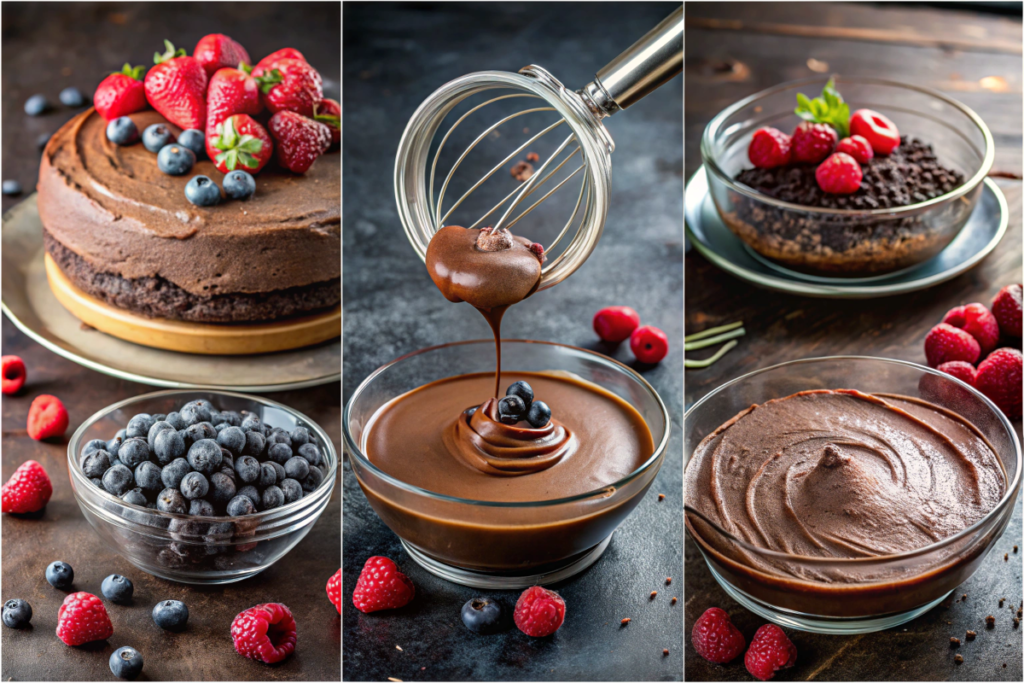
FAQs About Types Of Dessert
What is the healthiest dessert option?
Greek yogurt bowls or chia pudding are great choices.
What’s a quick bite-sized dessert?
Cake pops or mini tarts are easy to prepare and serve.
Conclusion
Desserts offer endless possibilities to satisfy every craving. Whether you choose a healthy option like Greek yogurt bowls, indulge in exotic flavors such as saffron kulfi, or enjoy bite-sized treats like mini tarts, there is always something to delight your taste buds. Moreover, these desserts bring variety and creativity to any occasion, ensuring that everyone finds a sweet they love. As a result, exploring these options can elevate your dessert experience to a whole new level.



